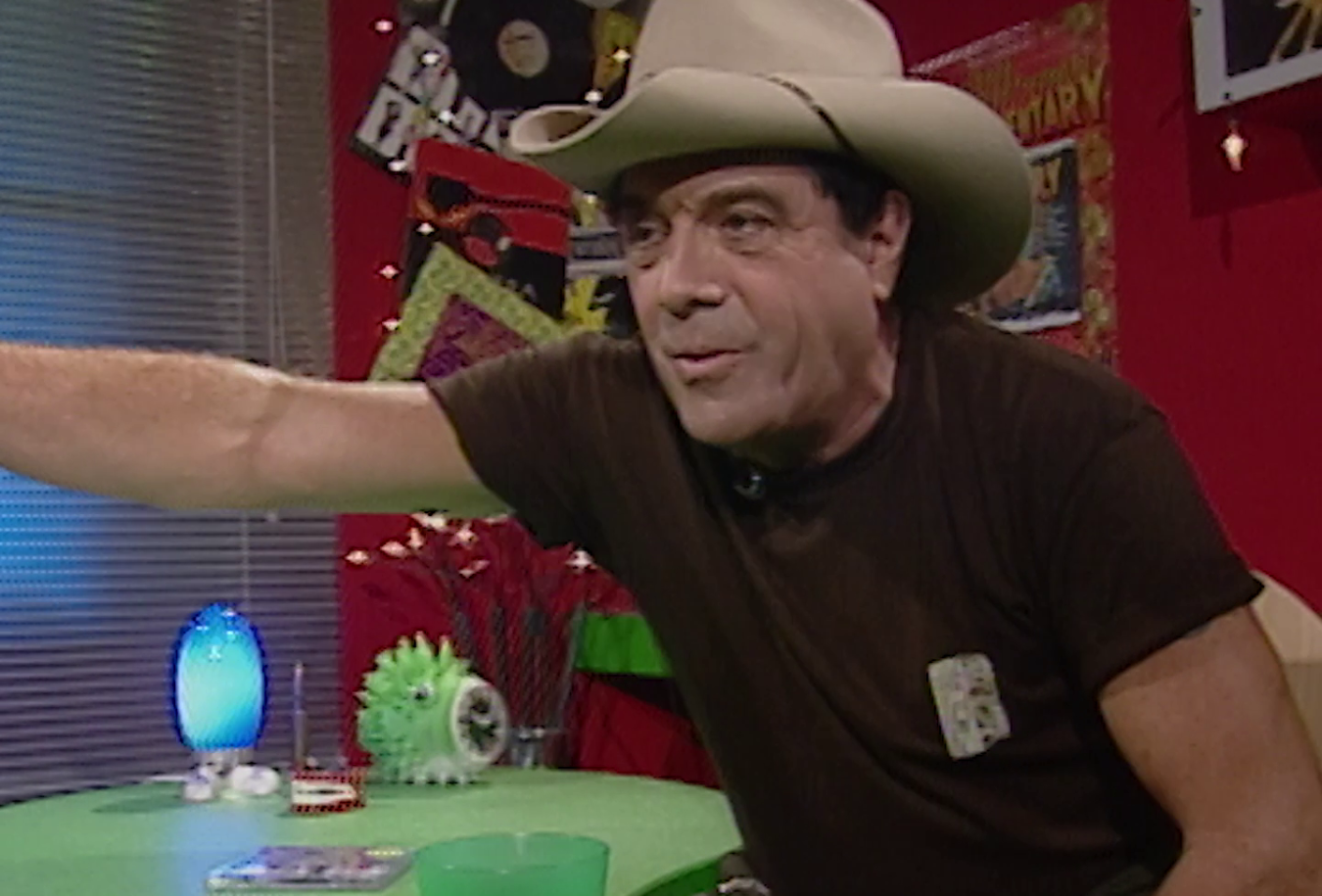The magician's assistant who stepped from shipwreck to centre stage. The Filipino singer who won over Australian audiences and became a superstar. The country fell in love with Pilar ‘Pilita’ Garrido Corrales (1937–2025) when the ship she was travelling on ran aground off the shore of Arnhem Land in 1959. She was visiting as the onstage sidekick of American illusionist and actor John Calvert, but by the end of 1959, Pilita's recording of 'Come Closer to Me (Acércate Más)' was climbing the pop charts, and she was becoming a star in her own right. Filipino author, critic and musician Aldus Santos pays tribute to 'Asia's Queen of Song' and uncovers some of her early TV appearances and surprising origin story in late 1950s Australia.




